Mushrooms contain a wide array of powerful healing compounds that you can benefit from.
But how do you know what mushrooms you should be taking, and which conditions each is best suited for?
In this article I’m going to explain the primary medicinal benefits of mushrooms and what medicinal ingredients they contain.
Then you’ll learn what some of the top medicinal mushrooms are, and what types of mushrooms are best suited for treating a variety of conditions.
But first, let’s take a brief look at how mushrooms have been used medicinally throughout history. You might be surprised to learn that humans have had a close relationship with fungi from the very beginning!
History Of Medicinal Mushroom Use
Ancient History
Medicinal mushrooms have been used in traditional and folk medicines since before recorded history.
A man frozen in ice around 3300 BCE (nicknamed Ötzi) was discovered in an alpine glacier in 1991. He was carrying two different species of mushroom on him at the time.
One was a tinder fungus capable of holding a warm coal to re-start a fire at a new location many hours later. The other was a medicinal birch polypore used to fight parasites and other infections.
You can see from Egyptian hieroglyphics that their society saw mushrooms as a plant of immortality.
Mushrooms were typically only eaten by pharoahs and other nobles, and were given the name “sons of the gods” and depicted in artwork as being sent to earth on Lightning bolts.
Famous Greek and Roman authors such as Seneca, Pliny, and Dioscorides all wrote about mushrooms, arguing both for and against their medicinal benefits.
Texts about Chinese medicine dating back to 100 BCE discuss various mushrooms and fungi that were used to treat cancer, respiratory ailments, and many other conditions.
Reishi (Ganoderma lucidum) has perhaps the longest written record of medicinal use, and scientists are now beginning to identify anti-tumor and other medicinal properties of the mushroom.
In ancient Japan, maitake (Grifola frondosa) mushrooms were worth their weight in silver.
Mushrooms were an integral part of Mesoamerican cultures such as the Maya, Inca, Aztecs and Olmecs. Both for their medicinal properties, and also for use by shamans for spiritual purposes.
Chaga and other forms of fungus have been used across North America and Siberia since at least the 16th Century.
Modern History
The first time that beneficial properties were identified and extracted from fungus was in 1928 when Alexander Fleming discovered penicillin.
Many other antibiotics have been discovered since that time, and the antibacterial and antiviral properties of various fungi have been widely exploited. It’s estimated that penicillin alone has saved over 200 million lives.
Many other antibiotics have been discovered since that time, and the antibacterial and antiviral properties of various fungi have been widely exploited. Some claim it was a crucial element of the Allies’ WWII victory.
Modern scientists are continuing to isolate new antiprotozoan, antiparasitic, antiviral, and antifungal properties of mushrooms and fungi each year.
Mycologists and other types of scientists are only now starting to catch up to what traditional medicine has been telling us about these fungi for thousands of years.
We’re discovering that not only are most of the claims about these mushrooms true; but they’re often also safer and better tolerated with fewer side-effects than many modern pharmaceuticals.
Fungi: They’re Smarter Than You Think
Fungi are a lot more complex than most people give them credit for.
At first glance, they may appear as very simple lifeforms. But the truth is they are very complex organisms which are actually more closely related to animals than to plants.
Example: Cordyceps Mushroom Reproduction
For evidence of the intelligence that fungi can exhibit, take the medicinal Cordyceps mushroom as an example.
It starts its life as a spore and attaches to a caterpillar, ant, or other insect. Then it germinates and feeds on its host, growing into a small mushroom that lives on its hosts back for most of its life.
Then when the Cordyceps mushroom is ready to reproduce, it basically “mind controls” it’s host and drives them to climb a flower, tree, or whatever the highest object it can find it.
It’s like something out of a science fiction movie, but it’s totally true. The insect will then remain at height until it dies.
The Cordyceps fungus will then emerge from the insect’s head and release its spores. It’s important for the Cordyceps mushroom to attain sufficient height so that its spores can spread as far as possible.
Check out this clip of the coryceps fungus at work:
At any stage of the process, the Cordyceps mushroom could fully consume the insect, but it doesn’t. It appears to show enough intelligence to wait and use the insect as a way to reproduce.
Slime Molds
For another example of just how intelligent fungi can be, you only need to look at a study of slime molds done by Japanese scientists.
In the study, food for the slime mold was put at important points that approximated a map of Tokyo. The slime mold stretched out in thin lines from its central point to find the food sources.
The pattern the slime mold produced was very similar to the railway system of Toyko, in which human experts had attempted to design the most efficient way to get around the city.
The really interesting part?
Some of the pathways that the slime mold chose to take were actually more efficient than the ones that engineers used to actually design the subway!
Mushrooms Compared To Plants
Mushrooms might seem similar to plants in the sense that they can’t move around like animals, and they take on a similar appearance with the equivalent of stems and root systems.
However, they lack leaves and chlorophyll and cannot produce energy from sunlight as plants do.
Instead, fungi use a series of enzymes to break down organic matter in their natural environment. It turns dead organic matter into carbohydrates, protein, and cellulose.
That alone makes mushrooms a valuable food resource. But mushrooms have much more to offer than their rich nutritional value.
The Medicinal Properties Of Mushrooms
Mushrooms are full of compounds that have medicinal benefits to humans. But why?
1) Antifungal, Antiviral, and Antibacterial Properties
Mushrooms live in a competitive world. They need to outcompete other molds and fungi that are looking for the same food sources as they are.
They also need to fight off bacteria and other pests who may want to eat them.
Just like poisonous animals and insects that use toxins to protect themselves, mushrooms do the same thing to prevent being eaten or taken over by other lifeforms.
Many of the compounds they produce to do this aren’t harmful to humans and act as natural antibiotics in our bodies when we consume them.
2) Vitamin And Mineral Content
Mushrooms produce the same wide range of vitamins and minerals that you’d expect to get from eating fruits and vegetables.
In fact, mushrooms produce vitamin B and vitamin D that most plants lack, so they are an excellent way for vegetarians and vegans to add extra nutrition to their diet.
Vitamins and minerals have a huge impact on human health. Being deficient in any certain element can lead to disease and other problems.
So eating mushrooms is a great way to add extra nutrition to your diet and keep yourself healthy. Mushrooms are also low in calories and sodium, but contain a good amount of protein.
Check out our article on the health benefits of mushrooms for more info on this.
3) Source Of Fiber
Mushrooms contain both soluble and insoluble fiber, so they make a great addition to your diet. Fiber is essential in maintaining intestinal health and can lower the risk of colorectal cancer and other diseases.
Fiber also makes you feel fuller for longer, so eating mushrooms that are high in fiber can be helpful for weight loss. You’re likely to eat less if you feel full and satisfied for longer.
Plus mushrooms are energy dense, meaning they have fewer calories for the same volume of food as many other things we eat.
4) High In Antioxidants
Free radicals are when oxygen molecules in our body split off into single atoms with unpaired electrons.
These electrons search throughout your body for other electrons that they can match with to form a pair. Along the way, they cause damage to your cells and DNA.
Free radicals are caused by a number of things such as UV sunlight and inflammation. As well as parts of our modern life like air pollution and smoking.
Mushrooms contain compounds called antioxidants that seek out free radicals and remove them from our bodies. This decreases the amount of oxidative stress in our bodies and damage done to our cells and DNA.
In particular mushrooms contain high amounts of the antioxidants glutathione and ergothioneine.
Wild porcini mushrooms contain the highest amount of antioxidants of any mushrooms, although all varieties naturally contain these compounds.
5) Beta Glucan
All mushrooms contain high amounts of beta glucan. This substance helps to stimulate the immune system and may offer a number of other health benefits. Including helping with allergies, asthma, chronic fatigue syndrome, and other conditions.
Shiitake and maitake mushrooms are especially rich in beta glucan.
6) Polysaccharides
Polysaccharides are long complex chains of molecules bonded together.
Mushrooms are full of a wide range of polysaccharides. Potentially 50 or more of the compounds across different varieties of mushrooms.
Different polysaccharides have different benefits. The ones found in mushrooms offer a wide range of benefits including anti-cancer, anti-obesity, anti-diabetes, and antibiotic properties.
7) Other Compounds
Altogether, mushrooms potentially contain hundreds of compounds with medical benefits. These range from boosting the immune system to anti-tumor compounds.
More and more beneficial compounds in fungi are being found by scientists every year.
In reality our knowledge of fungi and all of their potential benefits are still in the early stages.
Medicinal Mushroom Benefits
1. Fighting Cancer
Certain varieties of mushrooms added to your diet are shown to have significant positive effects when it comes to fighting cancer, leukemia, and tumors.
Compounds found in mushrooms are able to slow down the growth of existing cancer cells. As well as preventing DNA damage, cell mutation, and tumor formation to begin with.
Mushrooms offer other secondary benefits to cancer patients besides treating cancer directly as well, such as for treating hair loss and nausea.
So far no mushroom is recommended as the first line of defense against cancer all on its own. But research is showing more and more frequently that taking certain medicinal mushrooms can add measurable benefits in a battle against the disease.
2. Boosting Your Immune System
Many different types of medicinal mushrooms have antiviral and antibacterial properties as we’ve already discussed.
These can be very helpful in fighting the common cold and flu, and even more advanced and severe types of infections such as HIV.
Mushrooms contain complex sugars and high amounts of polysaccharides that are essential tools for your immune system.
They help regulate antibody production in the body and also increase DNA and RNA in your bone marrow where white blood cells and other immune cells are created.
Since mushrooms are also high in antioxidants, they can help destroy harmful free radicals that can damage your cells and cause inflammation and infection within your body.
3. Promoting Heart Health
Medicinal mushrooms (especially shiitake) contain compounds called statins. These compounds are one of the most prescribed types of pharmaceuticals for lowering blood cholesterol levels. But you can get them naturally by eating mushrooms!
Medicinal mushrooms specifically target the “bad” or LDL cholesterol in your bodies and also improve your “good” or HDL cholesterol levels.
They also lower inflammation which is a major cause of arteries hardening. Mushrooms contain phytonutrients that stop cells from sticking to blood vessel walls and forming a buildup known as plaque (referred to medically as atherosclerosis.)
Both LDL cholesterol and plaques and hardening of the arteries are major risk factors when it comes to heart attacks, stroke, and other forms of heart disease.
4. Improving Energy Levels
Medicinal mushrooms can improve your physical fitness, enabling you to run faster and engage in more intense workouts. Plus they can help to reduce your overall fatigue throughout the day.
Mushrooms contain compounds that can increase the ability of your blood cells to carry and increase the production of energy in your muscles.
They also help to reduce the accumulation of lactic acid (a waste byproduct of exercise) within your muscles and help clear the toxin from your body faster.
Other types of fungi can relax your bronchial passages and enhance respiration.
When you add all of these effects together, they help athletes to train more effectively and for longer. They also facilitate faster post-workout recovery.
This means athletes can train longer and more effectively when consuming medicinal mushrooms. They are also great during post-workout recovery.
5. Chronic Fatigue Syndrome
You don’t need to be an athlete to benefit from medicinal mushrooms.
If you always feel tired and sluggish no matter how much rest you get, you might be suffering from chronic fatigue syndrome. There’s currently no medical treatment for this disorder, although mushrooms are showing promise in helping reduce fatigue and improve the lives of CFS patients.
6. Improving Brain Health
Mushrooms can help your brain in a number of different ways.
They can improve your memory, give you sharper and clearer focus, and improve cognitive functioning.
Medicinal mushrooms also cause the production of nerve growth factors. This is vital for the treatment of Parkinson’s disease, Alzheimer’s disease, dementia, and other brain-related illnesses.
If you’ve ever seen the movie Limitless where the main character takes a drug and experiences increased IQ and laser focus as a result, imagine that medicinal mushrooms have an effect like that on your brain.
Although obviously not to that dramatic of an extent.
The mental effects of mushroom are gradual and cumulative, meaning you have to consume them consistently for a few months before you can expect to start seeing results.
7. Weight Loss
Mushrooms are low in calories and sodium, but they’re packed with vital nutrients. They also contain high amounts of fiber that will keep you feeling full and reduce the urge to snack or eat more.
I’m not suggesting you go on a mushroom-only diet, but you can eat practically as many mushrooms as you want in a day and it would be very difficult to gain weight while doing so.
So instead of reaching for a bag of candy, why not have a bowl full of mushrooms instead?
People who eat mushrooms regularly have a healthier body weight, a smaller waist circumference, and overall better health.
8. Diabetes
Mushrooms have a hypoglycemic effect, meaning they lower and regulate blood sugar levels.
They also increase the sensitivity of insulin receptors, lower triglycerides, and prevent the development of other complications related to diabetes.
Plus they have low carbohydrates and sugar compared to many other types of food, so they’re great for diabetics to eat.
9. Relieves Asthma And Allergies
Allergies are often caused by your body overreacting to a particular stimulus. Similarly, asthma is due to a large number of inflammatory cells in your body.
Mushrooms inhibit histamine release. Histamines are compounds that cells release in response to injury, inflammation, or allergies. In fact, allergy medication often contains compounds called antihistamines.
Mushrooms can help reduce the severity of allergies and asthma through a similar mechanism. By reducing the number of inflammatory cells and allergy-causing antibodies in your body and correcting imbalances in your immune system.
Mushrooms also improve the production of the cells in your body that eliminate pathogens.
10. Stress Relief
I can’t find studies to back this one up, but many people claim that medicinal mushrooms (especially reishi) can be used to promote a sense of calmness.
In traditional medicine, mushrooms have been used to treat conditions like chronic fatigue syndrome, insomnia, and stress-induced tension for hundreds of years.
11. Fertility
I’m not sure if this has been tested in humans yet. But in both boars and mice the Cordyceps sinensis mushroom has shown promising results for male fertility and sperm production.
So if you’re a male planning to start a family any time soon, you might want to add some cordyceps to your diet.
It could dramatically increase sperm production, both in terms of quantity and quality.
List Of The Top 8 Medicinal Mushrooms
Mushrooms can help with most ailments that people commonly suffer from. All the way from minor things like low energy and inflammation all the way up to heart disease.
Whatever your condition, there’s likely a mushroom that you can add to your diet to help you out.
The problem is knowing what kind of mushroom to take! There are so many different medicinal mushrooms to choose from, so where do you start?
Here I’m going to share a list of the top 8 most studied and widely used medicinal mushrooms:
1) Reishi Mushrooms
Reishi mushrooms arguably have the most medicinal uses, as well as the longest history of use.
Mention of them in traditional medicine stretches back thousands of years to ancient China, where it was referred to as the “mushroom of immortality.”
Reishi can range in color, but red reishi is generally thought to be the most potent and effective. It’s a polypore shelf mushroom, meaning that it’s quite woody and naturally grows on the side of trees.
Reishi can be used to help with heart disease, cancer, diabetes, inflammation, liver damage, and many other conditions.
You can’t simply eat reishi mushrooms since they have quite a woody texture. They also have a bitter flavor. That’s thanks to compounds in them called terpenoids which have anti-inflammatory effects.
The mushroom needs to be used in a soup or tea, or alternatively can be dried and made into a powder to consume as an extract or in capsule form.
2) Chaga Mushrooms
Chaga is a strange looking fungus that looks more like charcoal than a mushroom. If you see it growing on a tree, you might think it was simply wood that had been charred by a fire or struck by lightning. But inside this fungi is a bright orange color.
Chaga grows almost exclusively on birch trees.
The medicinal properties of chaga include use in treatment of cancers and as a topical treatment for swelling or wounds. It also has a mild blood sugar lowering effect.
3) Turkey Tail Mushrooms
Turkey tails are a shelf mushroom. Like their name suggests, they’re colorful and fan-shaped so they look like a spread out turkey’s tail.
They come in a variety of different sizes, shapes, and colors depending where they’re growing. You can find turkey tails in almost any hardwood forest in North America, Europe or Asia as they’re very common.
Turkey tail mushrooms have a number of health benefits but are most well known for cancer treatment.
4) Maitake Mushrooms
Don’t confuse turkey tail for this mushroom which has the nickname hen of the woods.
Maitake can grow in big clusters the size of a basketball. It can be used for high blood pressure, cholesterol, cancer, and diabetes.
Unlike the mushrooms on the list so far, this one you can actually eat.
Even though it grows on trees, it’s not a woody shelf mushroom. It has a good texture and mild flavor. So it’s good for you medicinally, plus it tastes great!
5) Lion’s Mane Mushrooms
Lion’s mane is another odd-looking but edible mushroom. Its flavor is likened to lobster.
Lion’s mane mushrooms grow very large and have a shaggy white appearance that looks almost like teeth or hair. When you cut it open, it slightly resembles cauliflower in terms of texture.
You can eat lion’s mane just because it tastes great, but they also offer numerous health benefits.
Lion’s mane is useful in shrinking or stopping the growth of tumors, and contains compounds that can help regenerate tissue in the brain. It’s currently being studied for the prevention and treatment of Alzheimer’s disease.
If you live in the UK and are looking for a high-quality lion’s mane supplement, check out our list of 10 of the best lion’s mane supplements in the UK.
6) Cordyceps Mushrooms
Cordyceps is that weird fungus I mentioned earlier that grows out of insects.
If you can get past the fact that it comes from mummified bugs, it has some powerful health benefits.
- It has powerful anti-cancer properties, particularly against leukemia.
- It also contains lots of antioxidants.
- It’s one of the best medicinal mushrooms when it comes to managing cholesterol and heart disease.
- It doesn’t just reduce cholesterol, but it actually dilates the arteries.
That means it’s also great for athletes since it strengthens the blood vessels and heart.
7) Shiitake Mushrooms
Now we are getting into the mushrooms that you probably recognize from the supermarket.
Shiitake is commonly eaten in Asian cuisine. It goes really well in soups or stir fries.
Like many of the mushrooms on this list, Shiitake is great at protecting against cancer and lowering cholesterol.
An ingredient in Shiitake mushrooms called lentinan is such a potent substance that it’s now the third-most prescribed anti-cancer drug in the world.
Shiitake can also be used to treat viral infections such as hepatitis C and HPV. As well as most conditions where the immune system is compromised. They might even help prevent dental cavities!
8) Oyster Mushrooms
I’ll round off this list with one of my favorite mushrooms.
When most people think of oyster mushrooms, they know about its use in cooking. But you might not know it also has powerful medicinal benefits as well.
Besides being packed full of vitamins and minerals, oyster mushrooms are also full of antioxidants and they can alleviate inflammation, lower cholesterol levels, and boost brain health. They may even be able to help block cancer growth.
So if you thought they were just food – time to think again!
Which Mushrooms To Use For Different Illnesses:
Best Medicinal Mushrooms For Cancer
The following medicinal mushrooms are all great for their anti-cancer properties:
- Shiitake
- Reishi
- Maiitake
- Turkey tail
If you want to fight tumour growth, you may want to consider taking capsules that contain multiple different medicinal mushrooms with anti-cancer properties so that you’re getting the best of everything that nature has to offer.
Best Medicinal Mushrooms For Boosting The Immune System
Almost all medicinal mushroom varieties have compounds that boost the immune system, including antioxidants.
Mushrooms that are particularyl good for the immune system are:
- Maitake
- Cordyceps
- Shiitake
- Reishi
- Turkey Tail
Best Medicinal Mushrooms For Depression
Although currently illegal in the US, Canada, UK, and most developed countries, there is strong evidence that so-called “magic mushrooms” can greatly help with depression.
Although it’s not currently an available option, I suspect we will start to see these mushrooms (or the compounds they contain) to be used in psychiatric medicine within the next decade or two for the treatment of severe depression.
There is also good evidence to suggest that even in doses too small to create psychoactive effects, these mushrooms can help to cure cluster headaches.
Cluster headaches are sometimes referred to as “suicide headaches” because they are one of the most painful conditions a person can experience and often drive those experiencing them to thoughts of suicide.
Best Medicinal Mushrooms For Anxiety
No mushrooms appear to have undergone scientific studies for anxiety, although there is good anecdotal research to suggest that Reishi may have anti-anxiety effects.
Best Medicinal Mushrooms For Boosting Energy
The following mushrooms are both great for increasing energy:
- Cordyceps
- Reishi
They can help with chronic fatigue syndrome, and also help athletes to develop stronger and more responsive muscles.
As well as eliminating some of the negative side-effects of intense workouts such as cramps and nausea.
Best Medicinal Mushrooms For Thyroid
All mushrooms are immune regulators to some extent, which can help with thyroid function. But Shiitake and Cordyceps are particularly good for thyroid health.
Candida Infection
Candida is a fungal infection caused by a type of yeast. Many mushrooms contain antifungal compounds that they use to fight off other fungi which compete with them in nature.
But Reishi seems to be the best medicinal mushroom when it comes to fighting off Candida specifically.
How To Consume Medicinal Mushrooms
As with all types of supplements or medication, you should talk to your doctor before you start taking any kind of medicinal mushroom.
Particularly since in large amounts they may interfere with existing medication that you’re taking for cholesterol or blood pressure.
Also don’t consume wild mushrooms that you find if you’re not 100% certain of their identification. Many edible and medicinal mushrooms have poisonous lookalikes that are difficult for a beginner to distinguish.
So only buy your mushrooms from reputable sources or eat those you collect with an expert mushroom hunter who can confirm they are safe.
Cooking Medicinal Mushrooms
Medicinal mushrooms can be eaten by simply cooking them in the case of some such as Oyster, Shiitake, Lions Mane, Tremella and Maitake.
Others like Reishi or Turkey Tail are too tough and bitter to eat and need to be made into tea, soup, powders or tinctures.
To consume as tea or soup they are normally just boiled in water for an hour or more and the liquid then consumed.
Most commonly though medicinal mushrooms are taken as either capsules or tinctures.
Taking Medicinal Mushroom Powder or Capsules
Capsules or mushroom powders are created with either:
- Medicinal mushroom fruitbodies (i.e. the mushrooms themselves) that have been dried and crushed into a powder
- A concentrated liquid extract of the medicinal mushrooms which is then dried and powdered (this results in an extract that is 4 – 15 times more potent than powdered fruitbodies)
Taking Medicinal Mushroom Extracts or Tinctures
A mushroom tincture is a liquid extract of the medicinal mushrooms, which is generally preserved in alcohol.
The process to make a liquid extract is usually either a hot water extraction or an alcohol based extraction.Check out our step by step video tutorial on how to make a medicinal mushroom tincture:
Each method draws out different compounds and so it’s common for many medicinal mushroom products to undergo a double extraction process.
First the dried mushrooms are chopped into small pieces or even powdered and then soaked in alcohol for 2 – 6 weeks. This draws out antioxidants and a range of compunds such as terpenes, triterpenoids, inositols, ergosterols, sterols and myco-flavonoids.
Following this a hot water extraction takes place where the same mushrooms are then simmered in hot water for 1 – 3 hours. This draws out any water soluable compounds like various polysaccharides (e.g. beta-glucans, glycoproteins, and other high-molecular weight compounds).
The water extraction is addedd to the alcohol extraction to create the double extract end product which is packed full of the full range of available beneficial compounds.
You can consume this:
- as a tincture by consuming 1-5 drops twice a day under the tongue
- or the liquid extract can be freeze dried and turned into powder for capsules
How Long Should You Take Medcinial Mushrooms For?
The effects of medicinal mushrooms are cumulative. You won’t notice anything if you just take it once, or sporadically whenever you feel like it.
You need to take it every day as prescribed, and only after a few weeks or months you may start to notice an effect.
It is often recommended to take a break for a few weeks every 6 months.
When taking medicinal mushrooms, it’s recommended to consume them with vitamin C. Studies show that taking vitamin C helps increase your body’s absorption rate for polysaccharides. So take a vitamin or eat an orange along with your mushrooms.
Which Are The Best Medicinal Mushroom Supplements To Use?
Mushrooms can absorb contaminants, especially heavy metals, in the substrate they are grown on as well as the air they are grown in.
For this reason it’s important to buy high quality, organically grown mushrooms and supplements from reputable sellers.
Ideally find a supplier in your country or at least ask for more info on the production methods as there have even been reports of organically certified Chinese mushrooms containing high levels of lead.
Good companies will tell you exactly how their mushrooms are grown and will have conducted tested showing the results of the exact content of various compounds in their product.
Conclusion
So now you know all about medicinal mushrooms, their history, the medicinal benefits of different varieties, and what medicinal ingredients they contain.
I hope you’ve found this article useful and interesting and perhaps it’s helped you to work out which medicinal mushrooms are most suited for you.
-> For more info and our recommendations on the which supplements to use, check out our Buyers Guide To Medicinal Mushroom Extracts & Supplements.

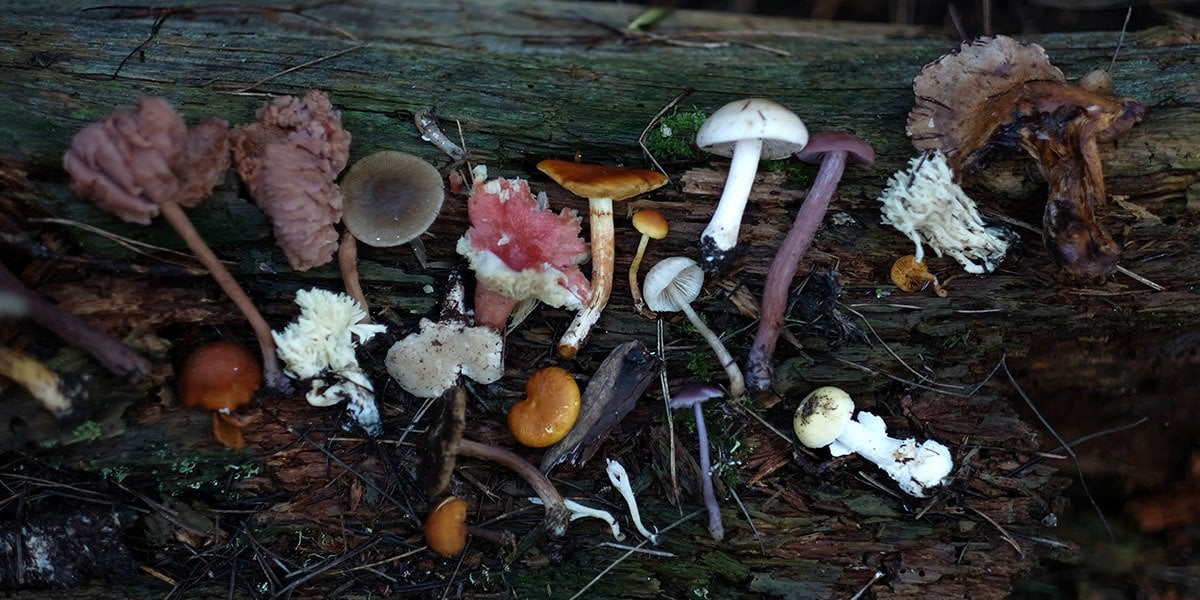

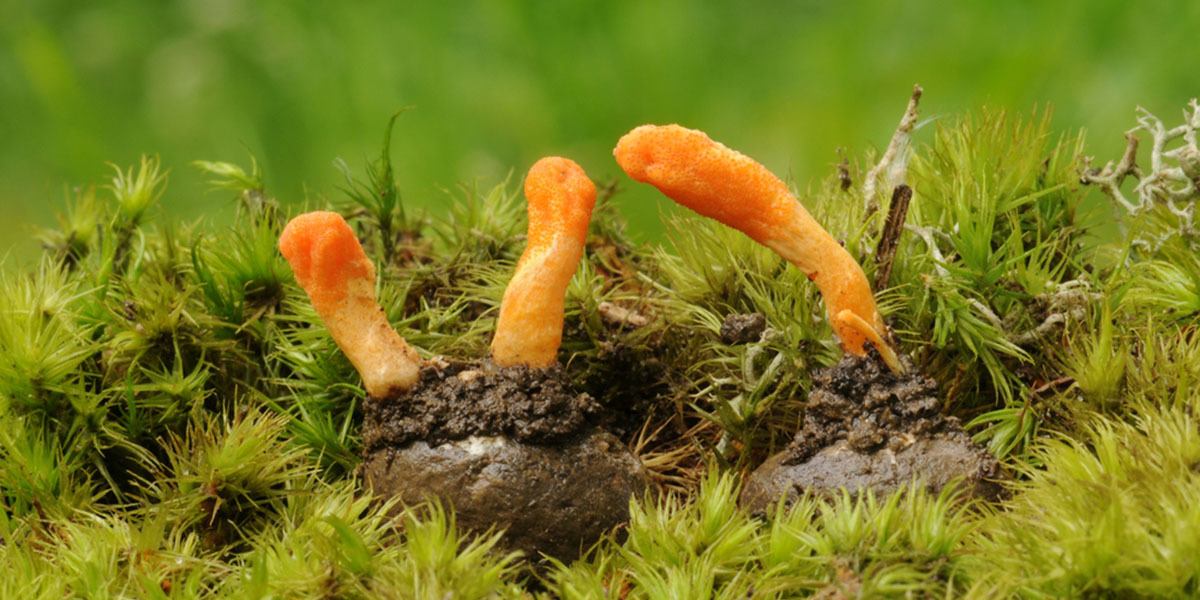



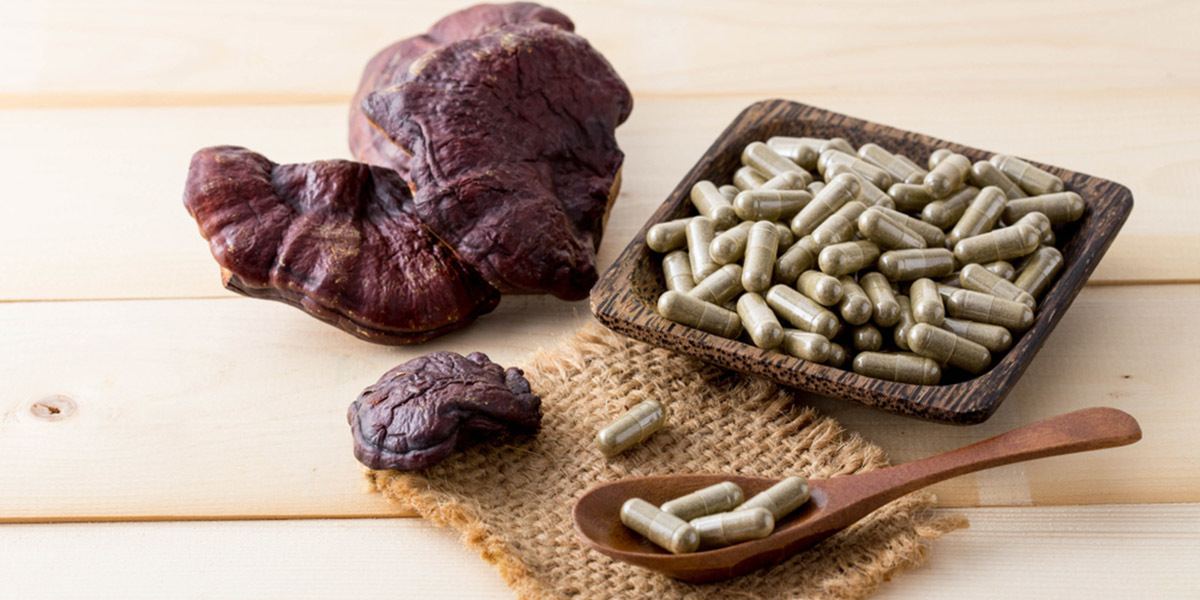
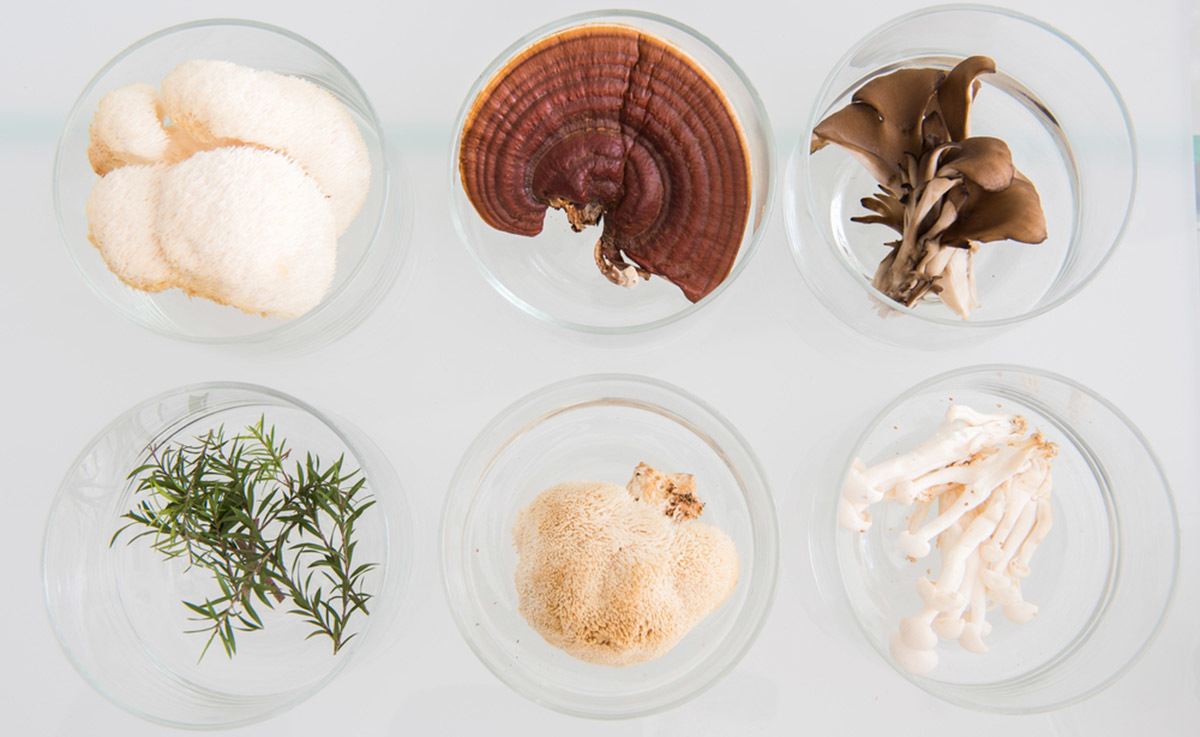

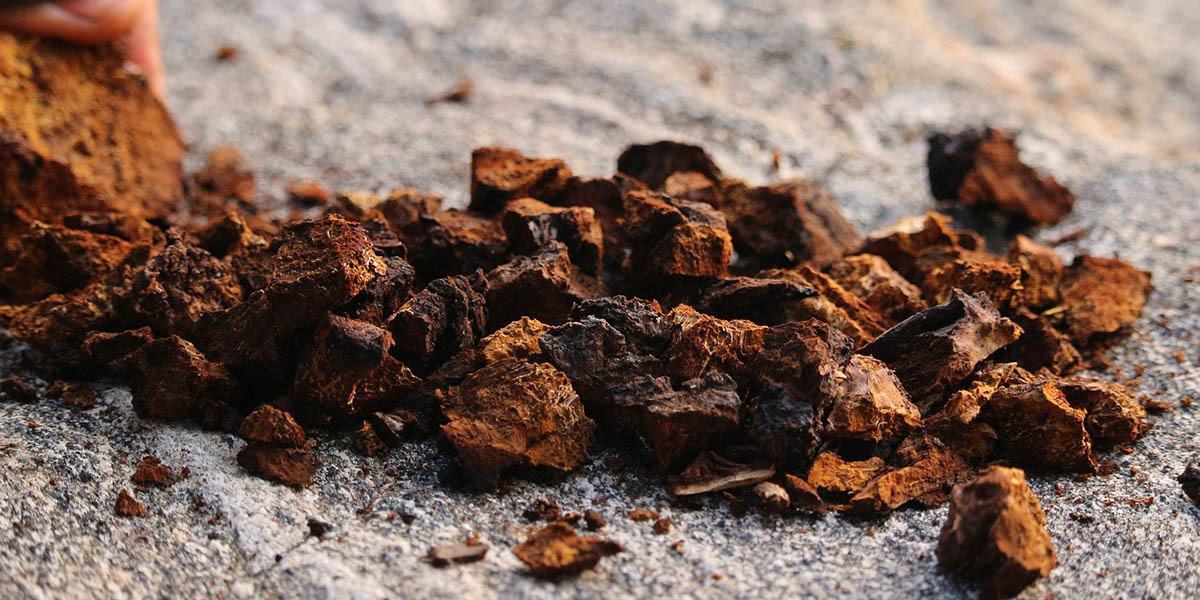
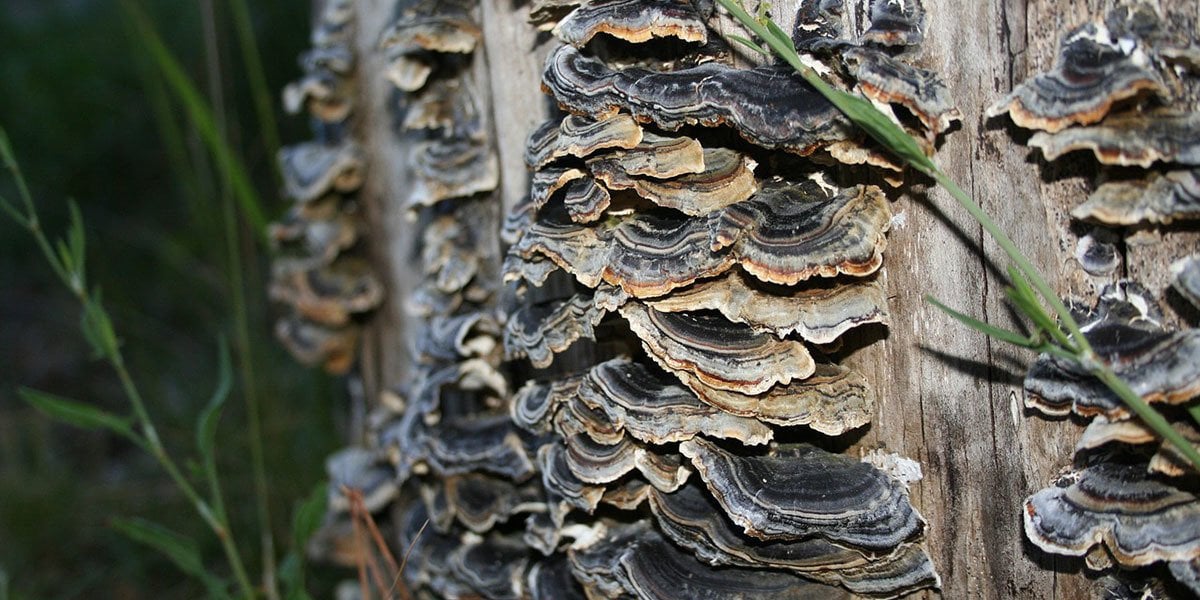
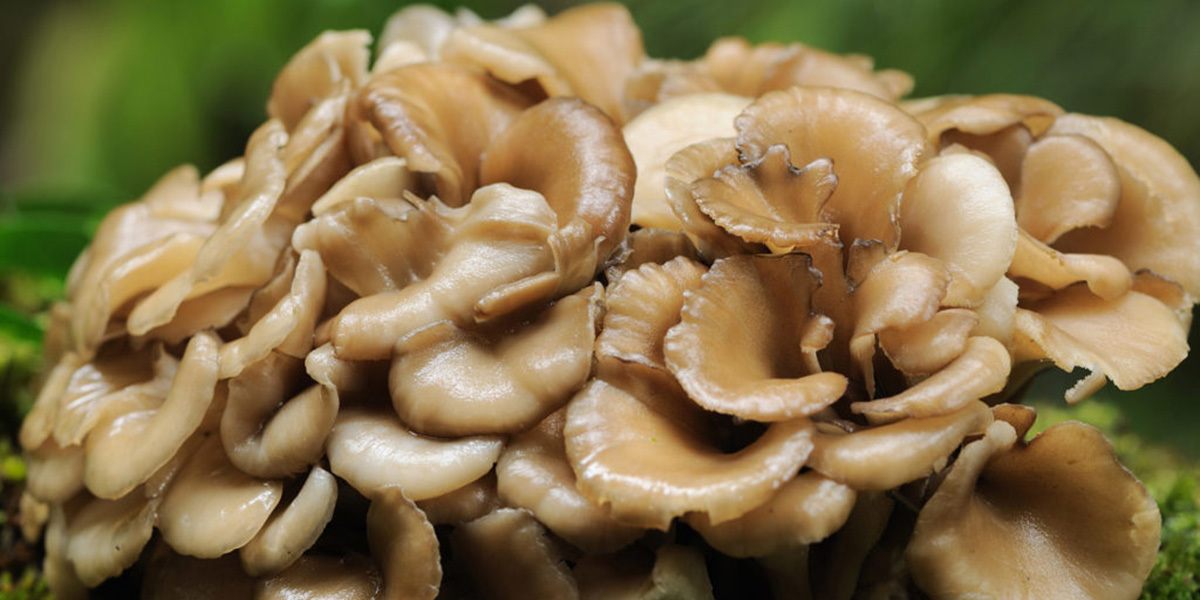
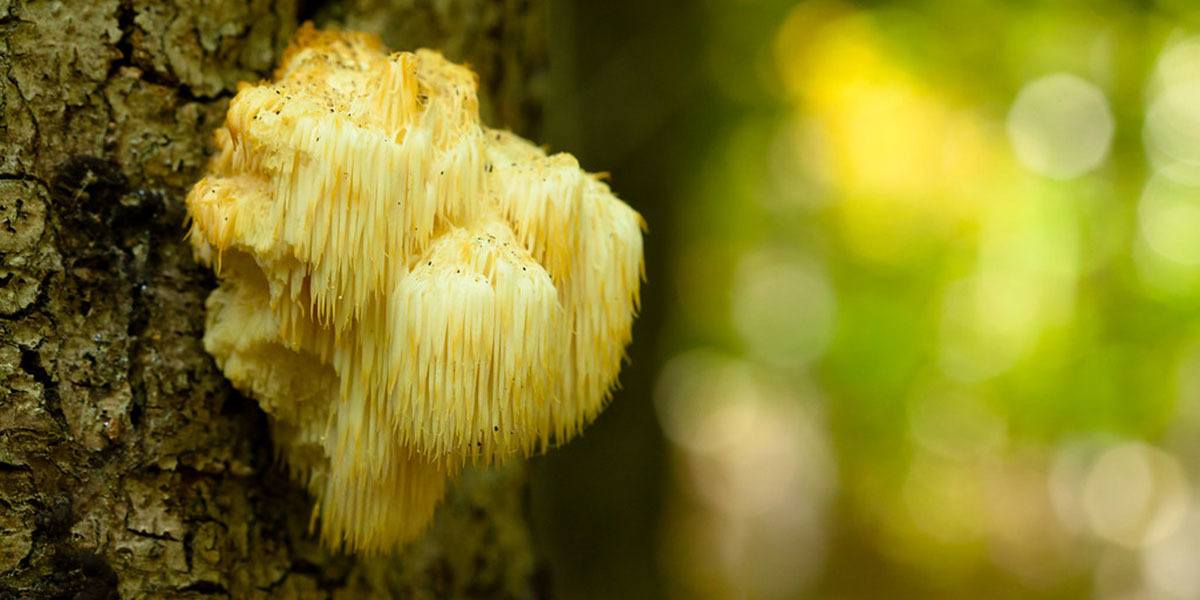

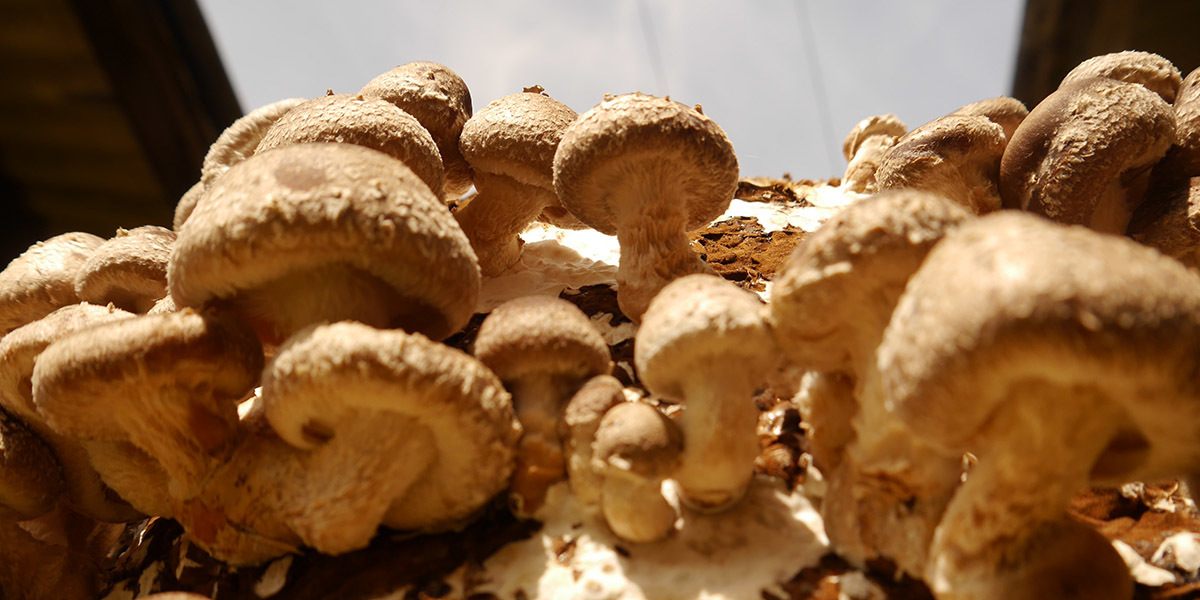
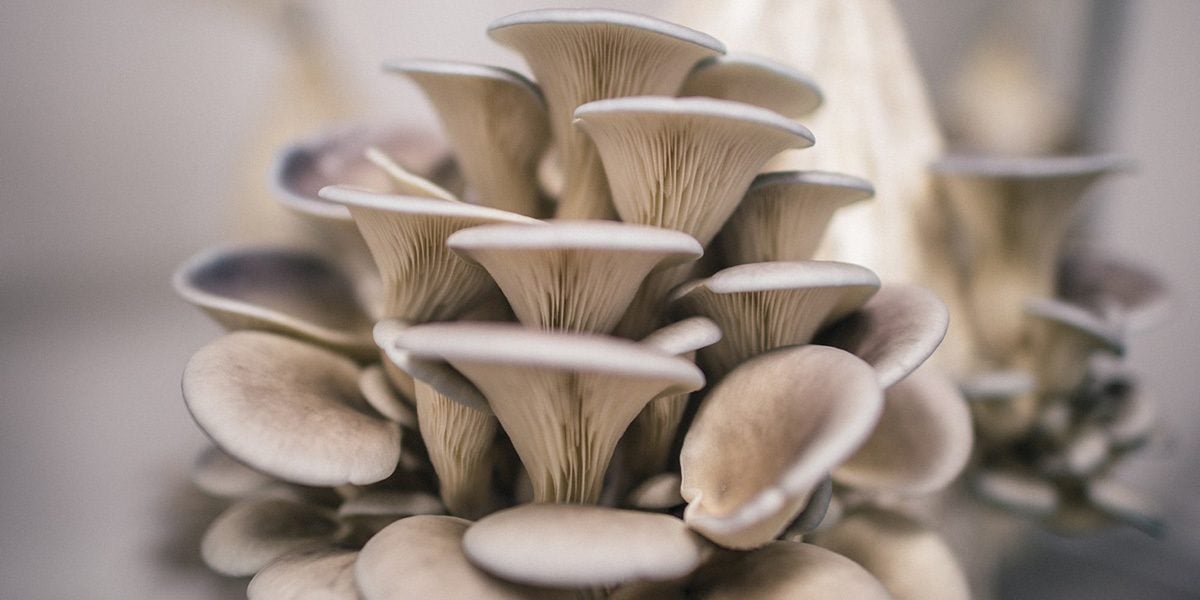

Pingback: 20 Popular Types Of Mushrooms (And Their Uses) - GroCycle
Pingback: Corona Virus & Immune Boosting Herbs - Four Seasons Herbal Guild